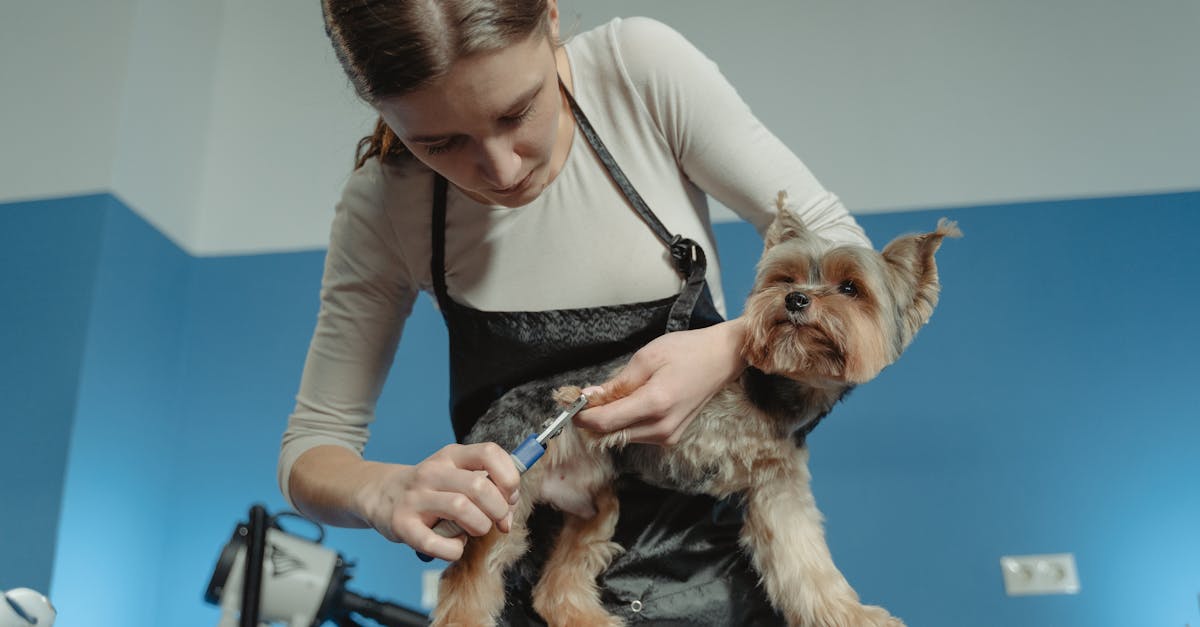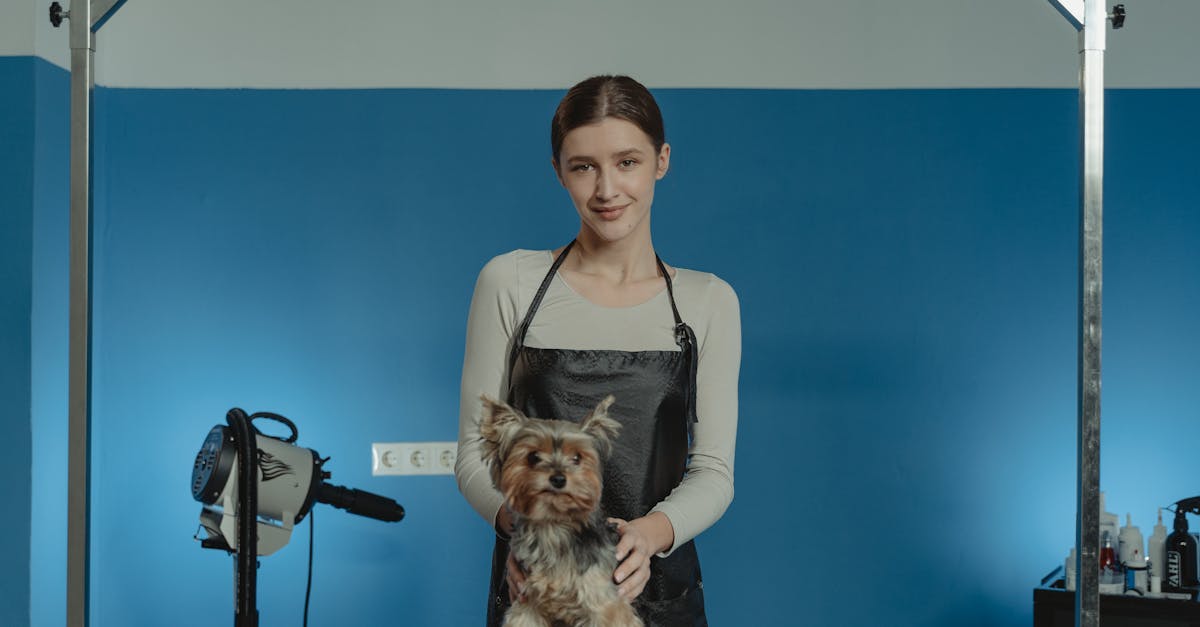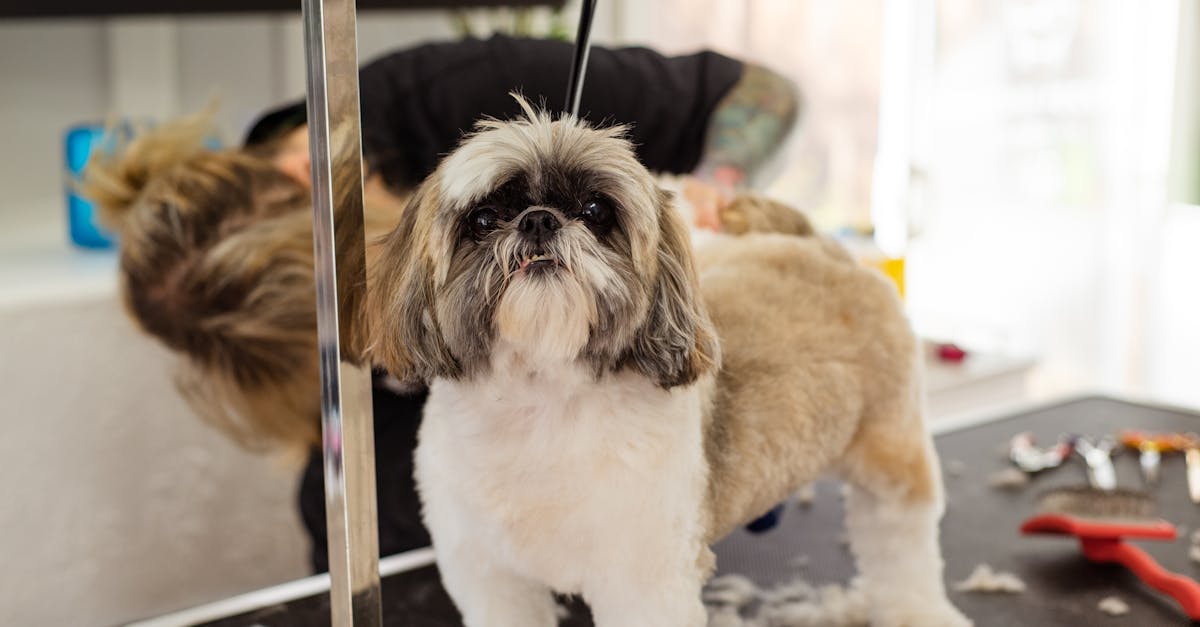Introduction: The Journey Begins 🐾
Stepping into the world of dog grooming can be both exhilarating and daunting. When I first decided to become a dog groomer, I was filled with excitement, but I also had many questions and uncertainties. What I quickly discovered is that the first year is a steep learning curve, filled with unexpected challenges and rewarding moments.
Interestingly enough, studies show that many new groomers feel overwhelmed during their initial year. Personally, I’ve found that this journey is not just about mastering grooming techniques but also about understanding the nuances of dog behaviour, client communication, and business management.
In this blog post, I’ll share my experience, tips, and insights to help you navigate your first year as a dog groomer. Whether you’re just starting or considering this career path, you’ll find valuable information that can make your journey smoother and more enjoyable.
The Unexpected Realities of Dog Behaviour
Understanding Canine Psychology 🐶
When I first started, I was just thinking about how to give the perfect cut or style. But soon enough, it dawned on me that understanding dog behaviour is crucial. Dogs, like humans, have their own personalities and quirks. Some are calm and cooperative, while others can be anxious or even aggressive.
Here’s a quick story: One day, I had a new client, a large German Shepherd named Max. Max was anxious and uncooperative. I was at a loss, but then I remembered something I’d read about canine psychology. I took a few minutes to calm Max down, speaking softly and giving him treats. That’s when I realised the importance of patience and understanding in this profession.
Building Trust with Your Furry Clients
Trust is the foundation of a successful grooming session. I’ve often wondered why some dogs are more relaxed with certain groomers. From what I’ve seen, it’s all about building a rapport. Spend a few minutes playing with the dog or offering treats before you start grooming. It’s no surprise that a relaxed dog is easier to groom and less likely to have accidents.
Recognising Stress Signals
It’s clear that dogs communicate their discomfort through body language. Watch for signs like panting, whining, or a tucked tail. If you’ve ever felt overwhelmed by a stressed dog, you’re not alone. I’ve been there, and I’ve learned that taking short breaks and providing comfort can make a significant difference.
Mastering the Art of Grooming Techniques
The Basics: Tools and Equipment 🛠️
When I first started, I was overwhelmed by the sheer variety of grooming tools available. Clippers, scissors, brushes, combs—the list goes on. I’ve learned that investing in high-quality tools is essential. Cheap tools can lead to poor results and even cause discomfort to the dog.
Pro Tip: Keep your tools well-maintained. Clean and oil your clippers regularly, and sharpen your scissors. This not only extends the life of your tools but also ensures a smoother grooming experience.
Techniques for Different Breeds
Different breeds require different grooming techniques. For instance, a Poodle’s curly coat needs a different approach than a Golden Retriever’s straight fur. I’ve often thought about how to streamline my grooming process. One effective strategy is to create a grooming checklist for each breed. This helps ensure you don’t miss any steps and provides a consistent result every time.
Handling Difficult Dogs
Speaking from experience, handling difficult dogs can be one of the most challenging aspects of grooming. Whether it’s a dog that’s afraid of water or one that hates having its nails trimmed, each situation requires a unique approach.
Here’s a quick story: I once had a client with a small terrier named Bella who was terrified of nail clippers. After several failed attempts, I decided to try a different approach. I used a nail grinder instead of clippers, and to my surprise, Bella was much more relaxed. This taught me the importance of being adaptable and trying different techniques.
Navigating Client Relationships and Expectations
Clear Communication is Key
One of the biggest challenges I faced in my first year was managing client expectations. Clients often have specific ideas about how they want their dogs to look, and it’s essential to communicate clearly to avoid misunderstandings.
Pro Tip: Always have a consultation before starting the grooming session. Discuss the client’s preferences, any specific concerns, and the dog’s behaviour. This sets the stage for a successful grooming session and ensures the client is satisfied with the result.
Handling Complaints and Negative Feedback
No matter how skilled you are, you’ll inevitably face complaints or negative feedback. It’s a part of the job, and how you handle it can make or break your reputation. I’ve noticed that addressing complaints professionally and promptly can turn a dissatisfied client into a loyal one.
Example: I once had a client who was unhappy with the length of her dog’s fur after a grooming session. Instead of getting defensive, I apologised and offered a free touch-up. She appreciated the gesture and became one of my regular clients.
Building a Loyal Client Base
Loyal clients are the backbone of a successful grooming business. I’ve found that going the extra mile, such as sending follow-up messages or offering loyalty discounts, can help build a strong client base. There’s something to be said for the power of word-of-mouth referrals in this industry.
The Business Side of Dog Grooming
Setting Up Your Grooming Space
Your grooming space is your sanctuary. It’s where you’ll spend most of your time, so it’s essential to make it comfortable and efficient. I can’t forget the excitement of setting up my first grooming station. From choosing the right table to organising my tools, every detail mattered.
Pro Tip: Invest in ergonomic equipment. Grooming can be physically demanding, and having the right setup can prevent strain and injuries.
Pricing Your Services
Pricing can be tricky, especially when you’re just starting. I’ve often wondered how to price my services competitively while still making a profit. Research your local market, consider your expenses, and don’t undervalue your skills. It’s clear that offering quality services can justify higher prices.
Marketing Your Business
In today’s digital age, having an online presence is crucial. I’ve been meaning to improve my social media marketing, and it’s paid off. Create a professional website, showcase your work on social media, and engage with your audience.
Pro Tip: Encourage satisfied clients to leave reviews online. Positive reviews can significantly boost your credibility and attract new clients.
Self-Care and Professional Growth
Managing Stress and Burnout
Grooming can be physically and emotionally demanding. I’ve noticed that taking care of myself is just as important as taking care of my clients. Regular exercise, a balanced diet, and adequate rest are essential for maintaining your energy levels.
Pro Tip: Schedule regular breaks throughout your day. Grooming back-to-back can lead to burnout, so take a few minutes to relax and recharge between sessions.
Continuing Education
The grooming industry is constantly evolving, with new techniques and products emerging regularly. I’ve learned that staying updated through workshops, online courses, and industry publications is crucial for professional growth.
Example: I recently attended a seminar on advanced grooming techniques, and it opened my eyes to new possibilities. It’s no surprise that continuous learning can set you apart from the competition.
Networking with Fellow Groomers
Connecting with other groomers can be incredibly beneficial. I’ve often thought about how much I’ve learned from my peers. Join grooming associations, attend industry events, and participate in online forums. Networking can provide valuable insights, support, and opportunities for collaboration.
Embracing the Journey: What Lies Ahead
Celebrating Small Wins
Looking back, I’ve realised that every small achievement is worth celebrating. Whether it’s mastering a new technique, receiving positive feedback, or simply having a smooth day, these moments keep you motivated.
Pro Tip: Keep a journal of your accomplishments. Reflecting on your progress can boost your confidence and remind you of why you chose this path.
Setting Long-Term Goals
As you navigate your first year, it’s essential to set long-term goals. Whether it’s expanding your services, opening your own salon, or specialising in a particular breed, having a vision can guide your journey.
Example: I’ve been there, dreaming about owning my grooming salon one day. Setting clear, achievable goals has kept me focused and driven.
The Importance of Passion
Ultimately, passion is what fuels your journey as a dog groomer. If you’ve ever felt the joy of seeing a happy, well-groomed dog and a satisfied client, you know what I mean. Embrace the challenges, learn from your experiences, and let your love for dogs guide you.
Wrapping Up: Your Path to Success
Surviving your first year as a dog groomer is no small feat, but it’s a journey filled with growth, learning, and fulfilment. From understanding dog behaviour to mastering grooming techniques, building client relationships, and managing your business, every aspect plays a crucial role in your success.
Remember, you’re not alone in this journey. Many groomers have faced the same challenges and emerged stronger. Use the tips and insights shared in this blog to navigate your path with confidence.
Imagine if, a year from now, you look back and see how far you’ve come. Embrace the journey, celebrate your wins, and keep striving for excellence. Your passion and dedication will undoubtedly lead you to a rewarding and successful career as a dog groomer. 🐕✂️










